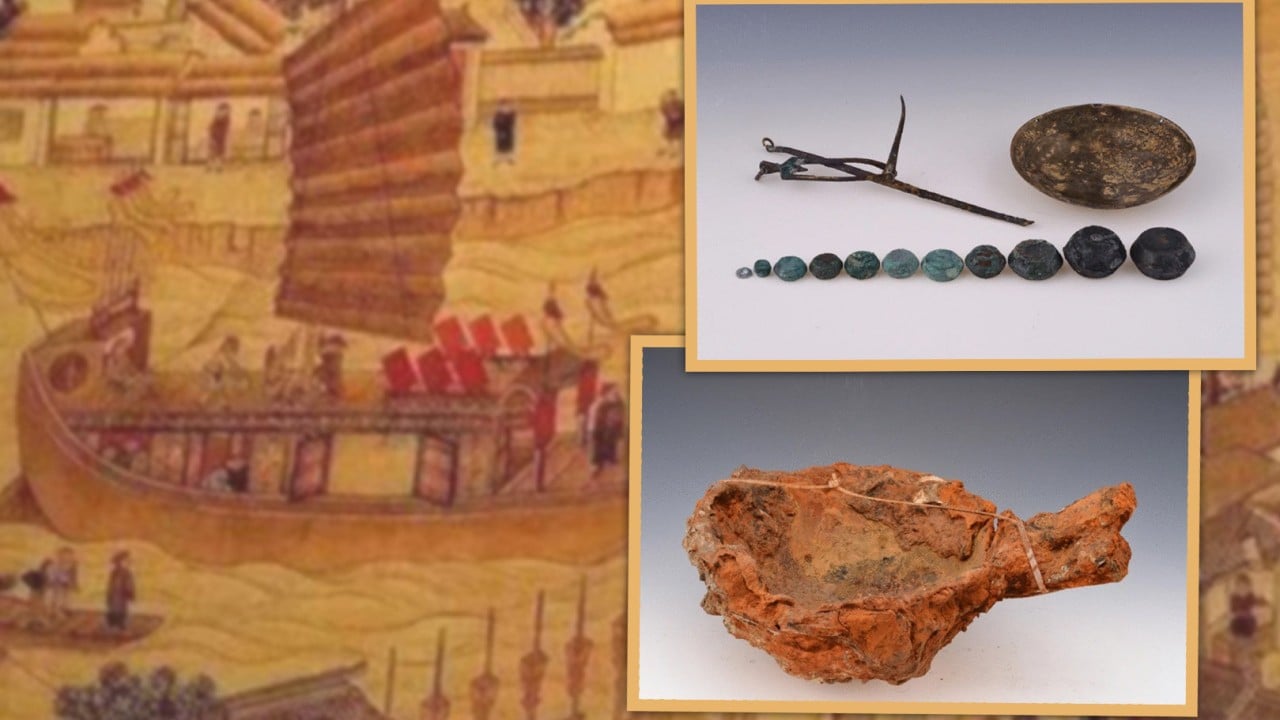Over 1,000 years ago, a ship left port in Guangzhou in southern China weighed down with a fortune of raw materials fit for a small nation.
This Song dynasty (960-1279) trade vessel would not make it far, sinking to the bottom of the ocean near the coast of Taishan in Guangdong province, where it would remain untouched until 1987.
Almost 40 years after its initial discovery, the Nanhai No 1 has become one of the most important sites for understanding maritime trade during the Song dynasty thanks to a comprehensive salvage project in 2007 and a decade-long excavation project starting in 2013.
The core revelation from the shipwreck is that it was weighed down with a large amount of metal cargo, indicating that the Nanhai No 1 was probably involved in a significant smuggling operation, which the team of scientists from Guangzhou University said was extremely common during that era.
“Despite repeated government bans, smuggling of metal goods continued throughout the Song dynasty, with no significant reduction in the scale of the metal trade…highlighting the inadequacy of government control over illegal smuggling activities,” wrote the authors.
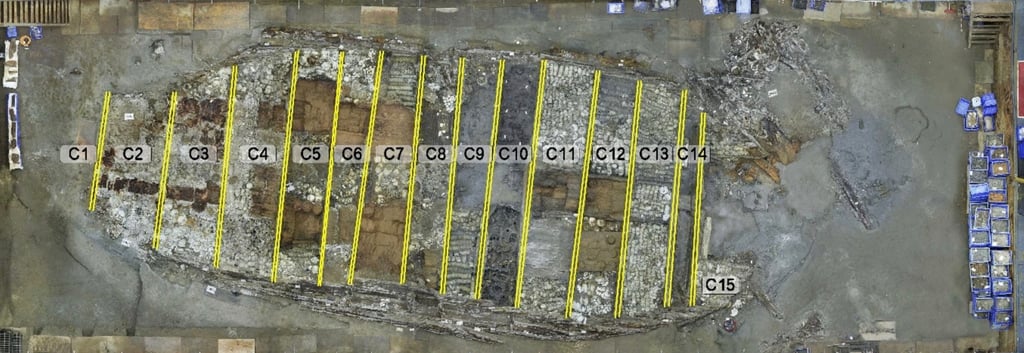
An important contradiction is that, while the laws were clear about metal export bans – and some of the punishments were extreme – the research team believes the government deployed a strategy of deliberately overlooking smuggling operations or even encouraging them.
Smuggling was a core feature of a golden age of maritime trade during the Song dynasty. For the first time in Chinese history, overseas commerce surpassed land trade. In an effort to better manage this booming industry, the government launched the Guangnan Shibosi in Guangzhou, which was the first maritime trade administration of the era.
The Shibosi was responsible for managing taxes and policy, and it implemented strict rules for merchants and prescribed punishments for smuggling.
Typically, merchants had to register their ships, identify the crew, disclose the goods on board, and inform the bureaucrats about their destination. They would then receive a gong ping, an official document that became their only way to enter the port legally.
During the Song dynasty the government had hostile relations with the Liao and Jin dynasties to the north, so the Shibosi was largely in charge of enforcing trade embargoes to prevent cooperation with their antagonists. They also imposed similar trade bans with empires in Korea and Vietnam.
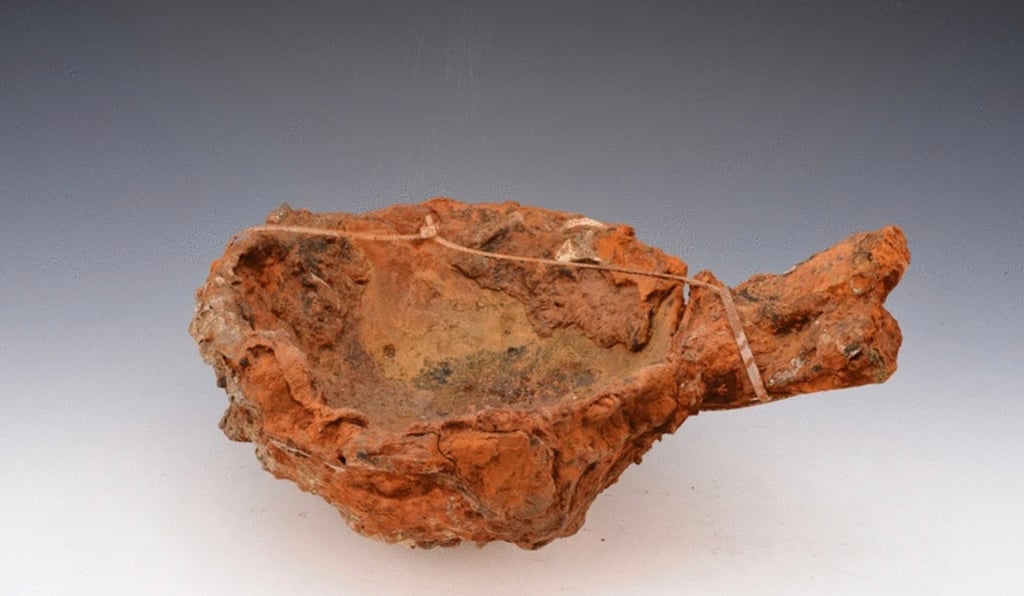
When the Nanhai No 1 sank, metals and their raw materials were prized commodities as China had made advancements in smelting technology to produce metals that were of higher quality than those produced in South and Southeast Asia.
This meant that Chinese metals were sought after during the Song dynasty but were rarely allowed to leave China. If merchants were caught violating the trade embargoes, their cargo would be confiscated, and they would be imprisoned.
“Iron was an essential material for military weapons at the time, and its export was prohibited by the [Song government]. Therefore, the 300kg of silver and 124 tons of iron cargo carried by Nanhai No 1 were undoubtedly goods intended for export and, thus, contraband smuggling,” the authors wrote.
Gold, silver, and copper coins were also particularly valuable. The booming maritime trade during the Song dynasty made coins a common medium of exchange, similar to the status of the US dollar today.
The Song government imposed a rule that merchants could not carry more than 500 coins out of the country, and the punishment for violating this rule was death.
“As of now, approximately 30,000 copper coins have been found on Nanhai No 1, enough to sentence 30 people to death,” the authors wrote.
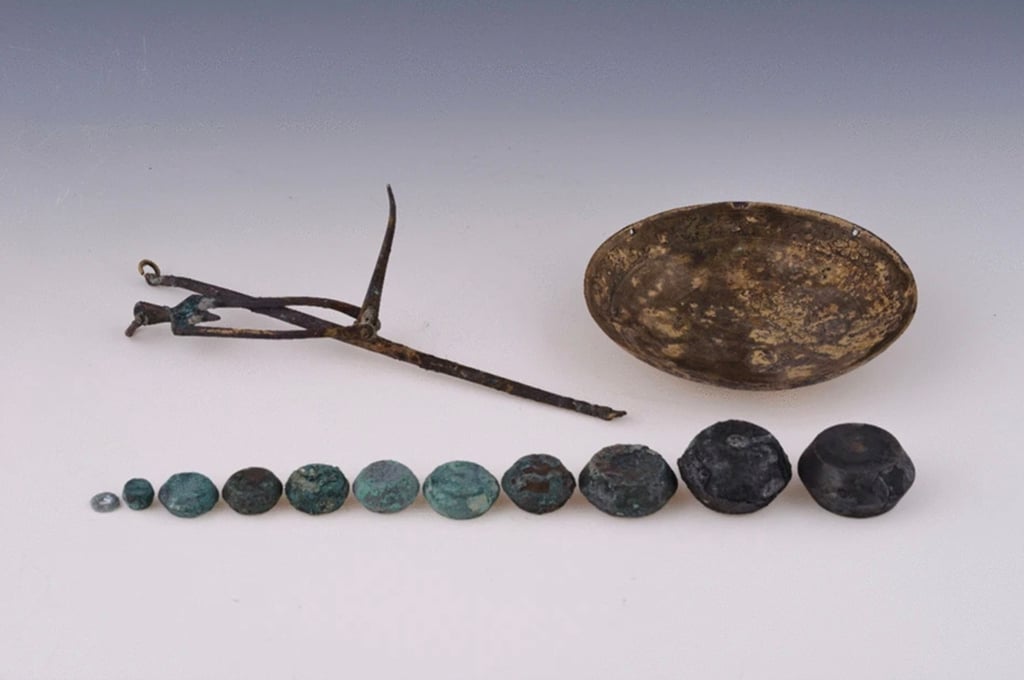
The sheer volume of the metals and coins on the ship suggests that much of the cargo was not legal, and indicates that, while the Song-era embargo rules could be harsh, they were not strictly enforced.
The ship could have been part of a tribute trade caravan, which was an avenue for banned goods to enter and leave China, but the authors found this unlikely.
So, assuming the Nanhai No 1 was a regular merchant ship, the researchers argued that it would have been nearly impossible for it to have evaded inspection, indicating that officials knew what was on the ship and allowed it to continue on its journey.
The researchers believe there were two reasons why ships like the Nanhai No 1 were allowed to smuggle without even a slap on the wrist.
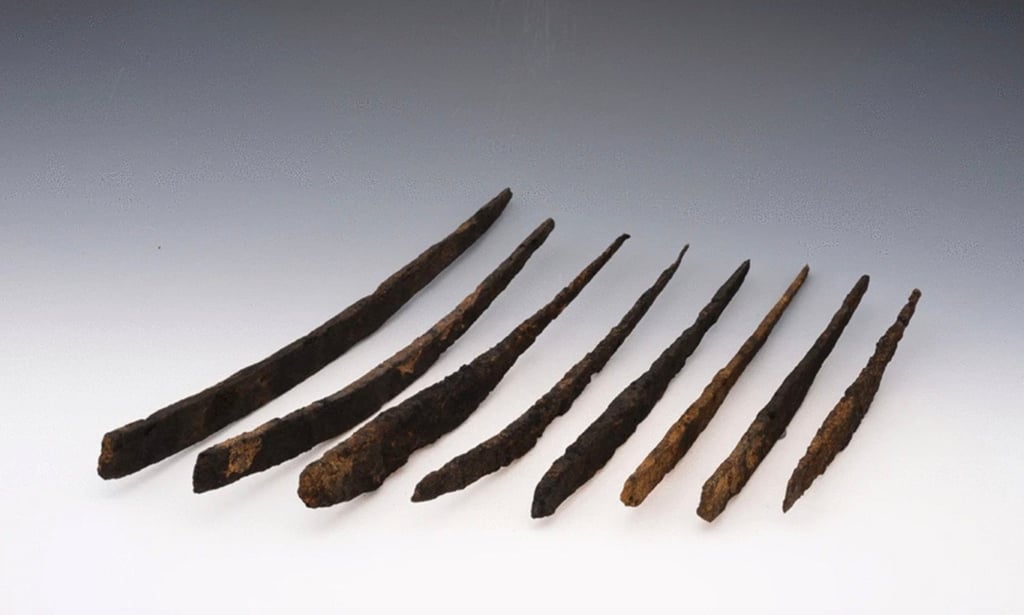
First, the Song government pursued a policy of privatising its maritime trade industry. It lightened the hand of bureaucratic control over trade, which led to the flourishing of the sector. As officials and merchants became wealthy, they pursued higher profits, which led to the proliferation of corruption, making it easy to smuggle.
Second, the “corruption” was viewed by the government as a feature, not a bug, because it increased tax revenues. Wars with the Liao and Jin dynasties emptied the coffers, and Song leaders were constantly searching for avenues to generate revenue.
The authors wrote that money generated at two maritime ports – Guangzhou and Quanzhou in southeastern China’s Fujian province – accounted for one-fifth of the country’s total annual revenue.
“As a result, historical records show that the government deliberately overlooked and even encouraged illegal smuggling activities by merchants in order to increase tax revenues,” the authors wrote.
Part of what makes the Nanhai No 1 site so valuable is that it was a ship destined for the open sea that sank near the coast. This provided a rare opportunity to access a ship that would be nearly impossible to find in deeper waters, offering rare insights into large-scale maritime trade.


